Posts Tagged ‘Retail’
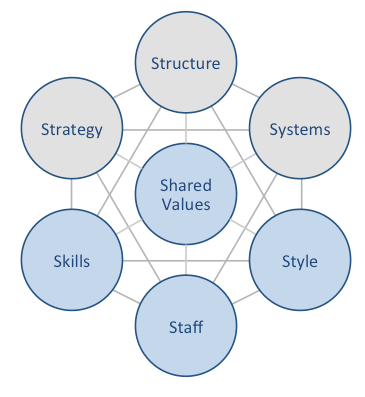
Gap Inc. McKinsey 7S model explains how seven elements of businesses can be aligned to increase the overall effectiveness. According to McKinsey 7S framework strategy, structure and systems represent hard elements, whereas shared values, skills, style and staff are soft elements. The essence of this model is this: there are links between elements in a way that a change in one element causes changes in others. As it is illustrated in figure below, shared values are positioned at the core of Gap Inc. McKinsey 7S framework, since shared values guide employee behavior with implications in their performance. Gap Inc. McKinsey 7S Framework Hard Elements Strategy. Gap Inc. uses cost leadership business strategy for all five brands within its portfolio – Gap, Banana Republic, Old Navy, Athleta, and Intermix. The company offers fashion, apparel and accessories products for much cheaper prices compared to the prices of premium fashion brands such as Prada, Dolce & Gabbana and Gucci. In other words, Gap Inc. business strategy capitalizes on the willingness of consumers to express themselves via clothes, to feel stylish, ‘cool’ and trendy in the cost effective manner. Structure. Gap organizational structure is hybrid and it integrates certain elements of divisional and hierarchical organizational structures. Gap organizational structure is divided into five divisions with each division representing a separate brand and headed by a president. At the same time, the organizational structure of each division is highly hierarchical and there are multiple levels of management between the president of the division and a shop floor assistant. Systems. There is a wide range of systems such as supply-chain system, quality control system, sales system, finance system, employee selection and recruitment system and others that facilitate Gap Inc. business operations. The company subjects the level of efficiency of its system into a critical analysis in…
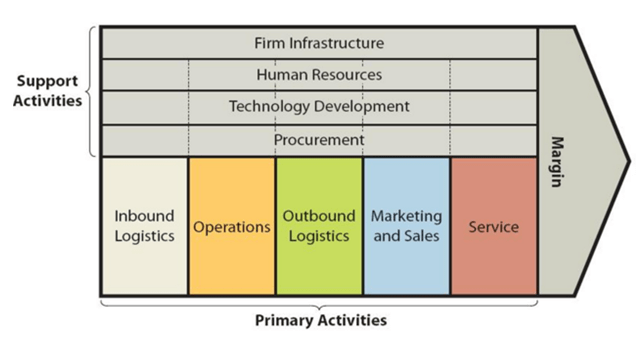
Value chain analysis is a strategic analytical tool that analyses the sources of value creation for businesses. Gap Inc. value chain analysis presented below critically analyses the most important primary and support activities that contribute to the competitive advantage of the apparel and accessories retailer. The figure below illustrates the essence of value chain analysis. Gap Inc. Value chain analysis Primary Activities Inbound logistics Gap Inc. inbound logistics involves purchasing from about 1,000 vendors that have factories in about 40 countries. During the fiscal year of 2015, approximately 99 percent of purchases, by dollar value, were from factories outside the United States, while the remaining 1 percent of all purchases were from domestic factories. Moreover, about 24 per cent of total purchases by dollar value during the same period were made from factories based in China.[1] Due to the massive purchase volumes, economies of scale can be specified as the main sources of value creation for Gap Inc. Moreover, the company benefits from strategic, long-term relationships with its suppliers. In 2016, the company embraced supplier transparency practices disclosing the list of factories that produce its clothes around the world.[2] Operations GAP Inc. business operations are conducted in two formats[3]: Gap Inc. has company-operated stores in the United States, Canada, the United Kingdom, France, Ireland, Japan, Italy, China, Hong Kong, Taiwan, and beginning in October 2015, Mexico. The company also has franchise agreements with unaffiliated franchisees to operate Gap, Banana Republic, and Old Navy stores throughout Asia, Australia, Europe, Latin America, the Middle East, and Africa. Gap Inc. has 3,721 company-operated and franchise store locations throughout the world. The company derives value in operations primary activities mainly through opening its stores in locations and shopping centers frequently attended by the representatives of the target customer segment. Outbound logistics Gap Inc.…
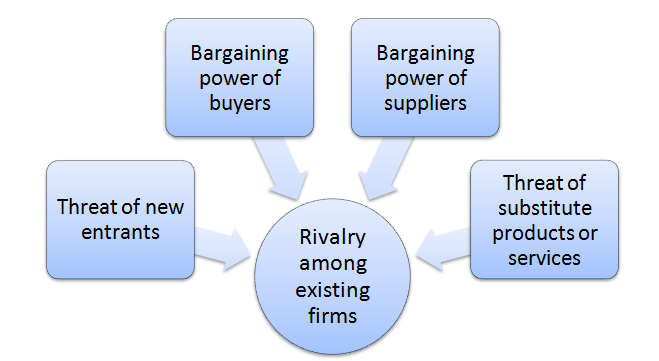
Gap Inc. Porter’s Five Forces analysis includes a critical analysis of five separate forces that shape the overall extent of competition in fashion, apparel and accessories industry. Developed by Michael Porter (1979)[1], five forces analysis remains as one of the most important strategic analytical tools for competitive analysis for more than three decades. Figure 1 below illustrates the essence of Porter’s Five Forces. Figure 1 Gap Inc. Porter’s Five Forces Rivalry among existing firms clothing and accessories industry is fierce. Gap Inc.’s major competitors include Abercrombie & Fitch Co., American Eagle Outfitters, Inc., Belk, Inc., Guess, Inc., J. C. Penney Company, Inc., J.Crew Group, Inc., Michael Kors Holdings Ltd, Urban Outfitters, Inc., Williams-Sonoma, Inc. and others. It is important to note that “despite being one of the bigger apparel players in the U.S., Gap Inc. holds less than 5% market share, which clearly indicates the diverse nature of the U.S. apparel industry. Higher shares are held by multi-brand retail chain Macy’s (9%) and general merchandise retailer Wal-Mart (over 7%). J.C. Penney (3.3%) and Target (5.4%) also hold a similar portion of the market, and American Eagle Outfitters, Aeropostale and Abercrombie & Fitch together account for just over 2% of total U.S. apparel sales.”[2] The figure 2 below illustrates a rough pattern of retail landscape in the US. Figure 2 Apparel market share in the US Bargaining power of Gap Inc. suppliers is low. The company purchases from about 1000 suppliers with factories in about 40 countries. Gap’s two largest vendors each accounted for only about 5 percent of the dollar amount of its total fiscal 2015 purchases[3]. Accordingly, Gap Inc.’s business is not dependent on any particular supplier and this fact increases its bargaining power in dealing with supplies. Furthermore, for the majority of suppliers it is critically important to have business with Gap Inc. due to the high volume of…
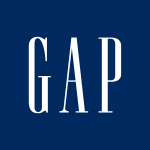
Gap Inc. marketing communication mix comprises print and media advertising, sales promotions, events and experiences, public relations and direct marketing as discussed below. Advertising Gap Inc. uses print and media advertising extensively as one of the main tools to communicate the marketing message to the target customer segment. In 2015, the company spent USD164 million on measured media in the U.S., a 26.4% decline over 2014[1]. The most popular platforms used by Gap Inc. include magazines and journals, TV, radio and banners on city centers. In 2016, Gap’s Athleta brand released its first TV advertisement with the campaign ‘Power of She’ focused on female empowerment supporting the debut of the Athleta Girl apparel line, which targets ages six to 14.[2] Moreover, viral marketing represents an important additional tool within Gap Inc. marketing strategy and the company has a history of using viral marketing in a controversial manner. Specifically, the company’s Twitter campaign included an image of “two white girls in poses that look quite painful, next to a third white girl using a smaller black girl as an armrest”[3] The campaign caused a massive controversy and debate attracting thousands of retweets and likes, the story being covered by more than 214 news articles.[4] Another instance of Gap marketing campaign involved an image of a happy interracial family, causing debates on social media platforms about the issue of interracial marriage. Sales Promotion As a fashion, apparel and accessories retailer, Gap Inc. uses various sales promotions techniques. The use of sales promotions by Gap has the following patterns: 1. Loyalty cards– Each brand within Gap Inc. portfolio – GAP, Old Navy, Banana Repubic and Athleta offers its own gift card, as well as, electronic gift card. A gift card by any above brand can be used across all Gap Inc. sites and…
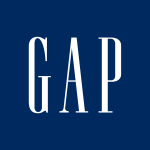
Gap Inc. segmentation, targeting and positioning practices refer to ways in which the fashion and accessories retailer identifies specific groups within the population to sell their products to and increases the attractiveness of its products to this specific group of buyers. Segmentation includes dividing population into groups according to certain characteristics, while targeting implies choosing specific groups identified as a result of segmentation to sell products. Positioning refers to the selection of the marketing mix that is the most attractive for the target customer segment. Gap Inc. uses multi-segment type of positioning and accordingly, the company exploits more than one customer segment with different brands within its portfolio. For example, Gap brand targets individuals interested in American casual style, whereas the target customer segment for Athleta includes fitness-minded women. The company also uses imitative positioning style occasionally by imitating the design of luxury clothing brands such as Ralph Lauren Corporation, Versace, Giorgio Armani, Louis Vuitton and others. The following table illustrates Gap Inc. segmentation, targeting and positioning: Type of segmen- tation Seg- Men-tation crite-ria Gap Inc. Target Customer Segment Gap Banana Republic Old Navy Intermix Athleta Geogra-phic Region North America Asia, Europe North America Asia, Europe North America Asia North America North America Den-sity Urban, Rural Urban, Rural Urban, Rural Urban Urban Demog-raphic Age 3 – 45 18-40 3 – 40 18 – 45 16 – 50 Gen-der Males & Females Males & Females Males & Females Males & Females Females Life-cycle stage Bachelor Stage Newly Married Couples Full Nest I Full Nest II Bachelor Stage Newly Married Couples Full Nest I Bachelor Stage Newly Married Couples Full Nest I Bachelor Stage Newly Married Couples Full Nest I Bachelor Stage Newly Married Couples Occupation Students, employees, professionals Students, employees, professionals Students, employees, professionals…
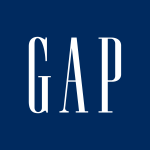
Gap Inc. 7Ps of marketing consists of product, place, price, promotion, process, people and physical evidence elements of the marketing mix Product Gap Inc. portfolio comprises five distinct brands and the table below illustrates the main categories of products sold under each brand. Brand Main products GAP all things denim, tees, button-downs, and khakis, must-have trends Banana Republic clothing, eyewear, jewelry, shoes, handbags, and fragrances with detailed craftsmanship and luxurious materials Old Navy a wide range of clothing products Athlete apparel and gear for a range of activities from yoga to strength training and running, as well as seasonal sports, including skiing and tennis Intermix Clothing, shoes, bags and accessories Gap Inc. brands and respective products Products belonging to Gap Inc. portfolio are designed and positioned as ‘cool’ and ‘trendy’ and they are used by the target customer segment to express their individuality. The company offers an extensive variety of range in terms of size, colors and design. Place The retailer uses online and offline sales channels in an integrated manner. There are 3,721 company-operated and franchise store locations within Gap Inc. portfolio and most stores are open seven days a week.[1] Customers have an opportunity to find the address of the nearest store to their location from the official website of the company. Starting from recently, the company has been attempting to increase the extent of utilization of online sales channel. In a notable move, Gap’s CEO Art Peck “told shareholders that Gap is open to selling its merchandise on Amazon or other third parties in the U.S.”[2] The company also offers online shoppers to the opportunity to purchase multiple brands within its portfolio from a single website into one shopping card. Price Gap Inc. pricing strategy integrates the combination of psychological and product line pricing techniques.…
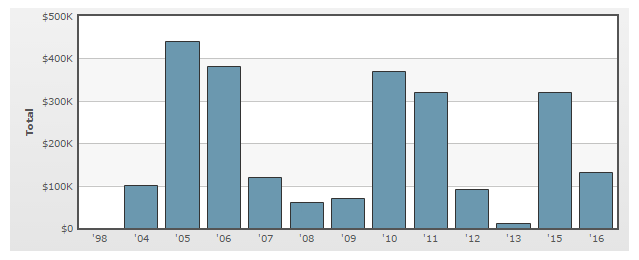
PESTEL is a strategic analytical tool and the acronym stands for political, economic, social, technological, environmental and legal factors. Gap Inc. PESTEL analysis refers to the analysis of potential impact of above external factors on the bottom line and long-term growth prospects of the business. Political Factors There is a set of political factors such as political stability in the market, relevance of bureaucracy and corrupt practices, the freedom of press, home market lobbying practices and others that can affect Gap Inc. in multiple levels. The company is engaged in lobbying its political interests. However, as it is illustrated in figure below, Gap Inc. annual lobbying budget is not fixed and it fluctuates significantly year by year to reflect specific political issues the business wants to address each year. Gap Inc. annual lobbying budget[1] Gap Inc. has also been involved in a political controversy and has been accused of causing racial controversy to get spectacular press coverage and social visibility. The company’s Twitter campaigns included an image of “two white girls in poses that look quite painful, next to a third white girl using a smaller black girl as an armrest”[2] The campaign caused a massive controversy and debate attracting thousands of retweets and likes, the story being covered by more than 214 news articles.[3] Another instance of Gap marketing campaign involved an image of a happy interracial family, causing debates on social media platforms about the issue of interracial marriage. Economic Factors Gap Inc. market share and revenues are affected by a great range of economic factors directly or indirectly. Changes in foreign exchange rate is one of the major economic factors that have direct implications on Gap’s financial performance. For example, the company’s net sales for fiscal 2015 decreased USD 638 million, or 4 percent, compared with fiscal 2014…
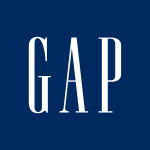
SWOT is an acronym for strengths, weaknesses, opportunities and threats related to organizations. The following table illustrates Gap Inc. SWOT analysis: Strengths 1. A strong portfolio of distinct brands across multiple channels 2. Global presence of the brand 3. Presence of timeless iconic products 4. Strategic supplier relationships Weaknesses 1. Declining sales and profits 2. Failure to utilize online sales channels efficiently 3. Dependency on external manufacturers 4. Loss of ‘coolness’ to a certain extent during the past five years Opportunities 1. Increasing the efficiency of online sales 2. International market expansion focusing on Asia 3. Celebrity endorsement 4. Formation of strategic alliances Threats 1. Further decline of sales and profits 2. Risks related to global sourcing and manufacturing 3. Inability of the management to turn around the business 4. Further increase in the cost of labor Gap Inc. SWOT analysis Strengths Gap Inc.’s portfolio comprises Gap, Banana Republic, Old Navy, Athleta, and Intermix brands, addressing the needs of different customer segments within clothing and fashion industry. Gap is associated with optimistic American casual style, whereas Athleta offers performance and lifestyle apparel for the fitness-minded woman. Moreover, there is a range of Gap sub-brands such as GapKids, GapBody, GapMaternity, GapFit and babyGap that effectively appeal to the needs and preferences of relevant customer segments. Gap Inc’s current strong portfolio of distinct brands is a considerable strength from a viewpoint of appealing a wider customer segment with positive implications on the volume of revenues. Gap Inc. is a global company with almost 3,700 stores worldwide, including company-operated stores in the United States, Canada, the United Kingdom, France, Ireland, Japan, China and Italy, and franchise stores in Asia, Australia, Europe, Latin America, the Middle East and Africa.[1] The global presence of the brand plays an integral role in terms of market…
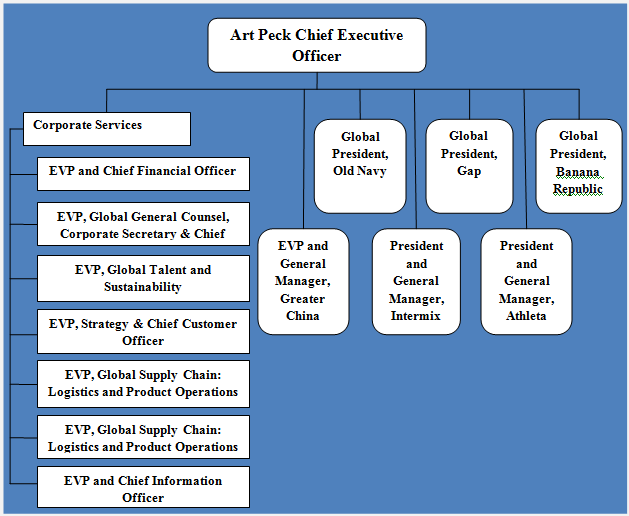
Gap Inc. organizational structure can be characterized as hybrid integrating certain elements of divisional and hierarchical organizational structures. Gap organizational structure has the following pattern: Gap Inc. organizational structure As it is illustrated in figure above, Gap organizational structure is divided into five divisions with each division representing a separate brand and headed by a president. At the same time, the organizational structure of each division is highly hierarchical and there are multiple levels of management between the president of the division and a shop floor assistant. In 2016, as a part of an initiative to address declining sales and profitability, Gap CEO Art Peck announced plans for global restructuring that includes reducing the numbers of Gap stores in the US, withdrawing the Old Navy fascia in Japan and making head office redundancies.[1] Moreover, store closures also involved Banana Republic brand bringing the total expected store closure count to 75 by the end of fiscal 2016.[2] There are also occasional brand-specific changes in organizational structures led by the presidents of respective brands. For example, a major restructuring introduced in Gap brand in 2015 included combining e-commerce and marketing organization into one unit and elimination of Creative Director role resulting in Rebekka Bay’s departure from the company.[3] Organizational structure of Gap Inc. may be subjected to further changes to a considerable extent in the foreseeable future to address serious challenges the company is facing. Specifically, net sales for fiscal 2015 decreased 4 percent to USD 15.8 billion compared with USD 16.4 billion for fiscal 2014. Gross profit for fiscal 2015 was USD 5.7 billion compared with USD 6.3 billion for fiscal 2014.[4] Accordingly, we can expect the company to engage in downsizing of management layers along with further store closures in developed countries to concentrate more in strategic developing countries such as China,…
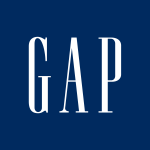
Since founding the company with his wife Doris Fisher in 1969, Donald Fisher has been at the helm of Gap Inc. leadership serving as CEO until 1995 and Chairman of the Board until 2004, and as company director and Chairman Emeritus until his death in 2009. Millard “Mickey” Drexler served as GAP CEO from 1995 until 2002 and he is credited for transforming the company into a global brand. It has been noted that “Drexler possessed the fashion instincts that built the Gap brand and image into a destination for multiple target customer groups”.[1] Drexler was forced to resign in 2002, following the decline of sales and a loss of USD 7.7 million in 2001. Paul S. Pressler from Disney was named as the new CEO due to his reputation as operations wizard to restore discipline to the floundering company.[2] Failing to appreciate the nuances of the fashion business Pressler oversaw a further decline in sales and brand image. Currently, GAP’s senior management team is led by CEO Art Peck and he is focused on executing the company’s strategy to engage customers and maximize shareholder returns. Today, Gap leadership is faced with a serious challenge of declining sales and profitability. Net sales for fiscal 2015 decreased 4 percent to USD 15.8 billion compared with USD 16.4 billion for fiscal 2014. Gross profit for fiscal 2015 was USD 5.7 billion compared with USD 6.3 billion for fiscal 2014.[3] This is the outcome of the brand using its perception of ‘coolness’ along with a set of other issues. Despite the complexity of the current situation for Gap Inc., there are optimistic views that CEO Art Peck may be successful in turning around the business partially due to his experience of two decades in management consultancy. Moreover, Mr. Peck is credited with the…
